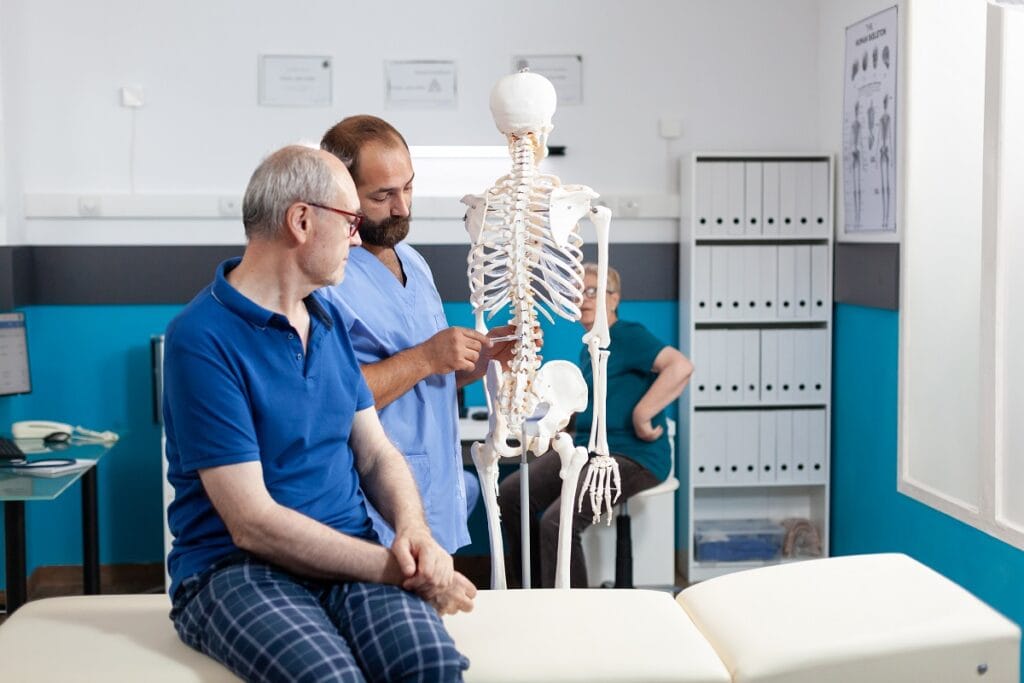Many people take their spines for granted, right up until they start to ache and feel stiff. Chalking this up to bad posture and standing all day makes it easy to change bad habits. However, there are other causes for back pain that require more intervention. You might have what is called spinal stenosis.
Overview of Spinal Stenosis
So exactly what is stenosis? This condition is the result of the spaces within the vertebrae being too small for the spinal cord to fit through. This puts pressure on this very important nerve, which can lead to some terrible, painful symptoms. Sometimes, however, there are some people who have no symptoms at all.

The Most Common Symptoms of Spinal Stenosis
The symptoms of stenosis start off slowly and gradually get worse over time. The symptoms are really dependent on which part of the spine the narrowing occurs, though it usually occurs in the mid- to lower-back. On some occasions, it can take place in the neck.
Spinal stenosis in the lower back can cause pain and cramping in one or both legs, as well as some amount of back pain. Spinal stenosis in the neck can lead to numbness, tingling/weakness in the arm, hand, leg, or foot, problems with the bowels or bladder, neck pain, or problems with walking and maintaining balance.
What Causes Spinal Stenosis?
The most common cause is arthritis, but there are several other causes as well. Spinal stenosis can be caused by:
- herniated disks;
- thick ligaments;
- bone spurs;
- tumors;
- injuries to the spine.
These are all treatable conditions that can be handled by surgery in order to alleviate pain and numbing sensations. If stenosis is caused by arthritis, surgery can alleviate the condition but it will not help with the arthritis.
How Is Spinal Stenosis Diagnosed?
If your medical professional has determined that you might have spinal stenosis, there are several diagnosis treatments that can be undertaken to reach a final conclusion.
● X-Rays: An X-Ray can be taken of the back to show is there are any changes to the bone that may be causing the spinal canal to become smaller.
● MRI: also known as magnetic resonance imaging, a giant magnet and radio waves are used to produce detailed images of both hard and soft tissues to see what might be causing the stenosis. This is the most popular method to detect the presence of tumors.
● CT: CT stands for computerized tomography, and it combines X-Rays taken from different angles so that a pseudo-3D image can be created of the area. A contrast dye is also used to outline the nerves and spinal cord.
Treatment Options for Spinal Stenosis
There are a handful of treatment options that are available that include, physical therapy to maintain strength and flexibility, surgery, NSAIDS (nonsteroidal anti-inflammatory drugs) to keep swelling and pain down, anti-seizure medications, opioids, and antidepressants.
Your spine is a delicate structure that requires special care and consideration in order to keep in good condition. If you’re concerned with how much pain you’ve been experiencing in your spine lately, then you may want to speak with a medical professional as soon as possible to achieve a diagnosis and see what can be done to improve your quality of life.

